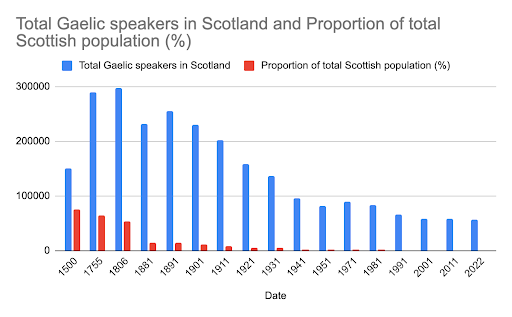Comparing the Situations of Māori and Gaelic - INS Undergraduate John Scott's Work in the News
John Scott is one of our undergraduate students studying on the Culture, Heritage with Gaelic Studies BA (Hons) course and his piece comparing the situation of Māori and Gaelic is now available on the Bella Caledonia website.
John writes.....Scotland can learn from Aotearoa (New Zealand), where Māori communities established Kura Kaupapa Māori (Māori immersion schools) and Kōhanga Reo (Māori language nests for toddlers) to defend their culture and save their language.
For generations, Gaelic has been squeezed, first by feudalism and anglicisation, then brutally suppressed after Culloden and during the Highland Clearances. The 1872 Education Act was another nail in the coffin, forcing Gaelic-speaking children to learn in English, effectively marginalising their mother tongue in schools. Today, the numbers speak volumes: from over 250,000 speakers in the late 19th century, we’re now down to just 57,375 speakers according to the 2011 census, representing barely over 1% of Scotland’s population.
While it’s important to acknowledge this complex historical context, including the uncomfortable truth that Scots and other Celts were also involved in the colonisation of New Zealand, the Māori journey offers invaluable lessons for us. Their revitalisation efforts, although still ongoing, particularly within education, stand as an example of hope for languages like Gaelic, and can offer valuable insights for future progression.
The full article is available now on the Bella Caledonia website.
